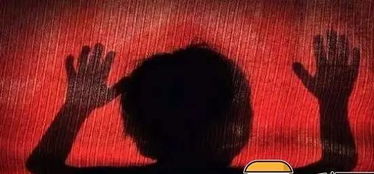
Understanding the Brown Recluse Bite

The brown recluse spider, also known as the fiddleback spider, is a venomous arachnid native to the southeastern United States. While these spiders are not aggressive, they can bite humans when they feel threatened. Recognizing the symptoms of a brown recluse bite is crucial for timely treatment and prevention of complications.
Immediate Symptoms

After a brown recluse bite, you may experience immediate symptoms, which can vary from person to person. Common immediate symptoms include:
- Pain at the bite site, which can be mild or severe
- A red, raised bump at the bite site
- A small, white blister that may form at the bite site
Delayed Symptoms

In some cases, symptoms may not appear for several hours or even days after the bite. Delayed symptoms can include:
- Swelling and redness around the bite site
- A deep, necrotic ulcer that may form at the bite site
- Chills, fever, and nausea
- Severe pain, which may be described as a throbbing or burning sensation
Complications
In rare cases, a brown recluse bite can lead to serious complications, such as:
- Severe tissue damage, which may require surgery
- Systemic reactions, such as kidney failure or blood clotting disorders
- Death, although this is extremely rare
Diagnosis
Diagnosing a brown recluse bite can be challenging, as the symptoms can be similar to those of other spider bites or skin infections. However, a healthcare provider can make a diagnosis based on the following:
- A physical examination of the bite site
- A history of the bite, including the time and location of the incident
- Laboratory tests, such as a skin biopsy or blood tests, to rule out other conditions
Treatment
The treatment for a brown recluse bite depends on the severity of the symptoms and the presence of complications. Common treatment options include:
- Washing the bite site with soap and water to prevent infection
- Applying a cool, wet compress to reduce swelling and pain
- Taking over-the-counter pain relievers, such as ibuprofen or acetaminophen
- Seeking medical attention if symptoms worsen or if complications develop
Prevention
Preventing brown recluse bites involves taking steps to reduce your exposure to these spiders. Here are some tips:
- Keep your home clean and clutter-free, as spiders seek shelter in dark, undisturbed areas
- Seal cracks and crevices in your home, as these can serve as entry points for spiders
- Inspect your clothing and bedding before use, especially if you’ve been in areas where brown recluse spiders are common
- Be cautious when handling items found outdoors, such as boxes or logs
Table: Brown Recluse Bite Symptoms
| Immediate Symptoms | Delayed Symptoms |
|---|---|
| Pain at the bite site | Swelling and redness around the bite site |
| Red, raised bump at the bite site | Deep, necrotic ulcer at the bite site |
| Small, white blister at the bite site | Chills, fever, and nausea |
| Severe pain | Severe pain, throbbing or burning sensation |
Conclusion
Recognizing the symptoms of a brown recluse bite and taking appropriate preventive measures can help you avoid complications. If you suspect you’ve been bitten by a brown recluse spider, seek medical attention promptly to ensure proper treatment




